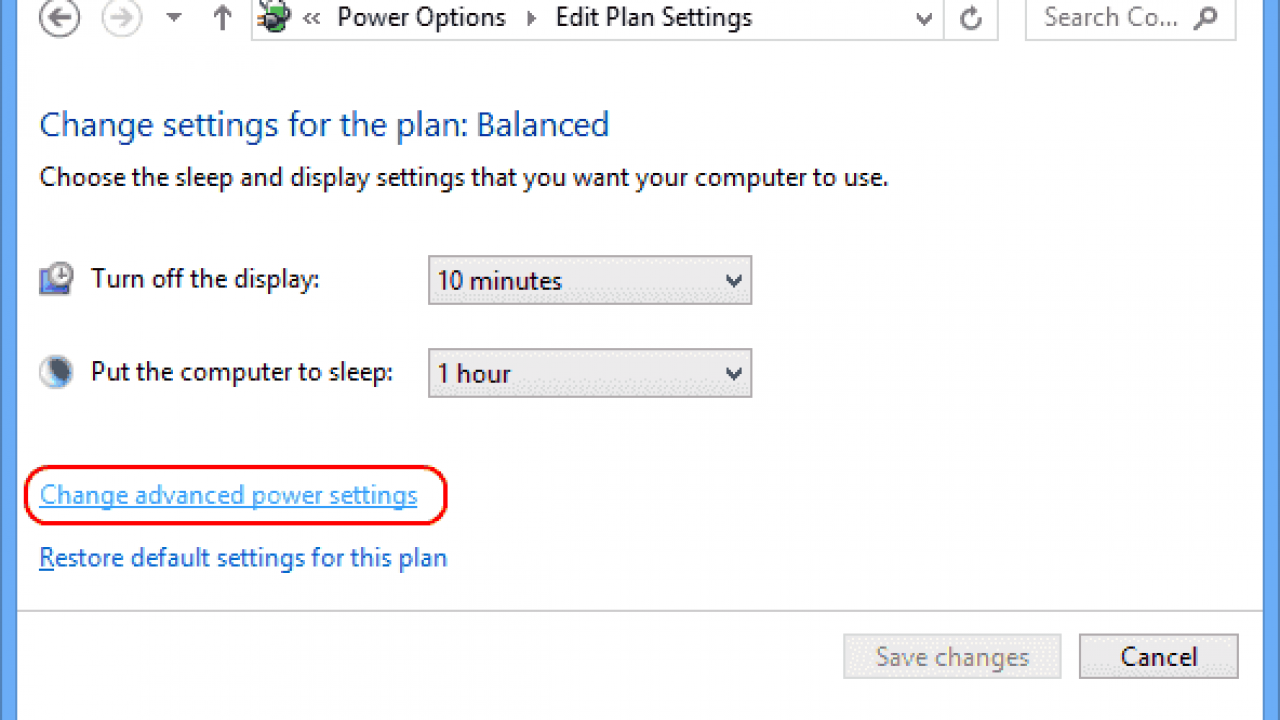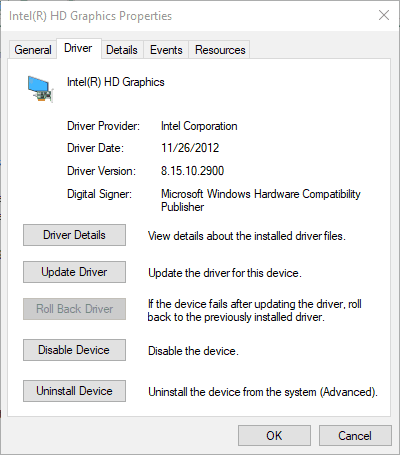

Click this, and then click on the display you want to change the screen resolution for. Step 2: At the top of the Settings app, you’ll see a link for Display. You also can search for Settings in the Start Menu to get to the settings app a bit more directly. You can do so by clicking on the Wi-Fi, sound, or battery icon to the bottom right of your screen and then clicking the small settings cog. Step 1: Navigate to the Windows 11 Settings app. How to adjust screen resolution in Windows 11 The change in resolution should be immediately visible. Step 5: In the dialog box that appears, confirm your selection by clicking on Keep Changes. Choose your desired resolution from the drop-down menu. Step 4: Click on the drop-down menu within the Display Resolution subsection. Step 3: Scroll down to the section labeled Scale and Layout. Then select Display (if it’s not already selected). Step 2: In the Settings app menu, select System. Then select the Settings app from the search results that appear. You can also just search for the word “Settings” in the search box located to the right of the Start Menu icon. You can do so by selecting the Start Menu icon in the bottom left corner of your screen and then clicking on the gear-shaped icon that appears on the bottom left side of the Start Menu. Step 1: Navigate to the Windows 10 Settings app. How to adjust screen resolution in Windows 10

In this guide, we’ll show you how to adjust screen resolutions for Windows 11, Windows 10, and Windows 7 PCs.


 0 kommentar(er)
0 kommentar(er)
